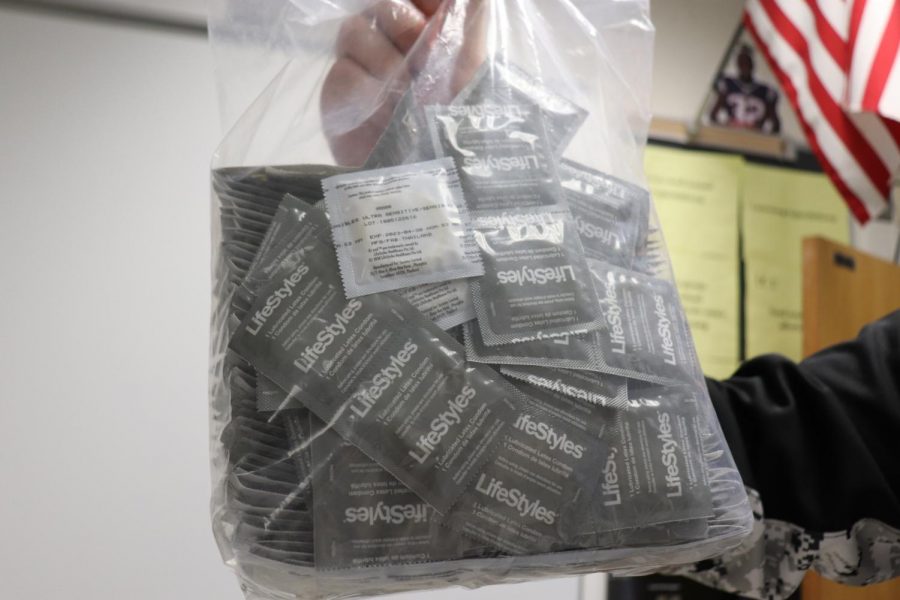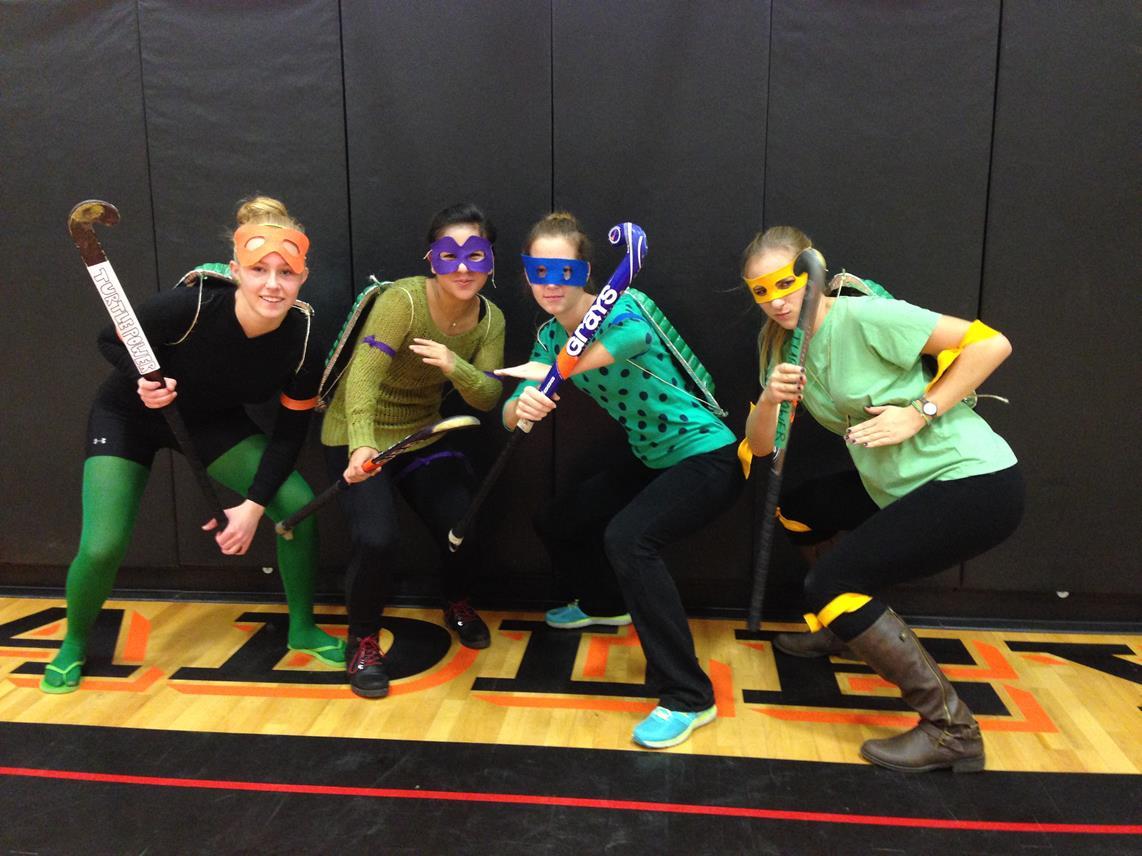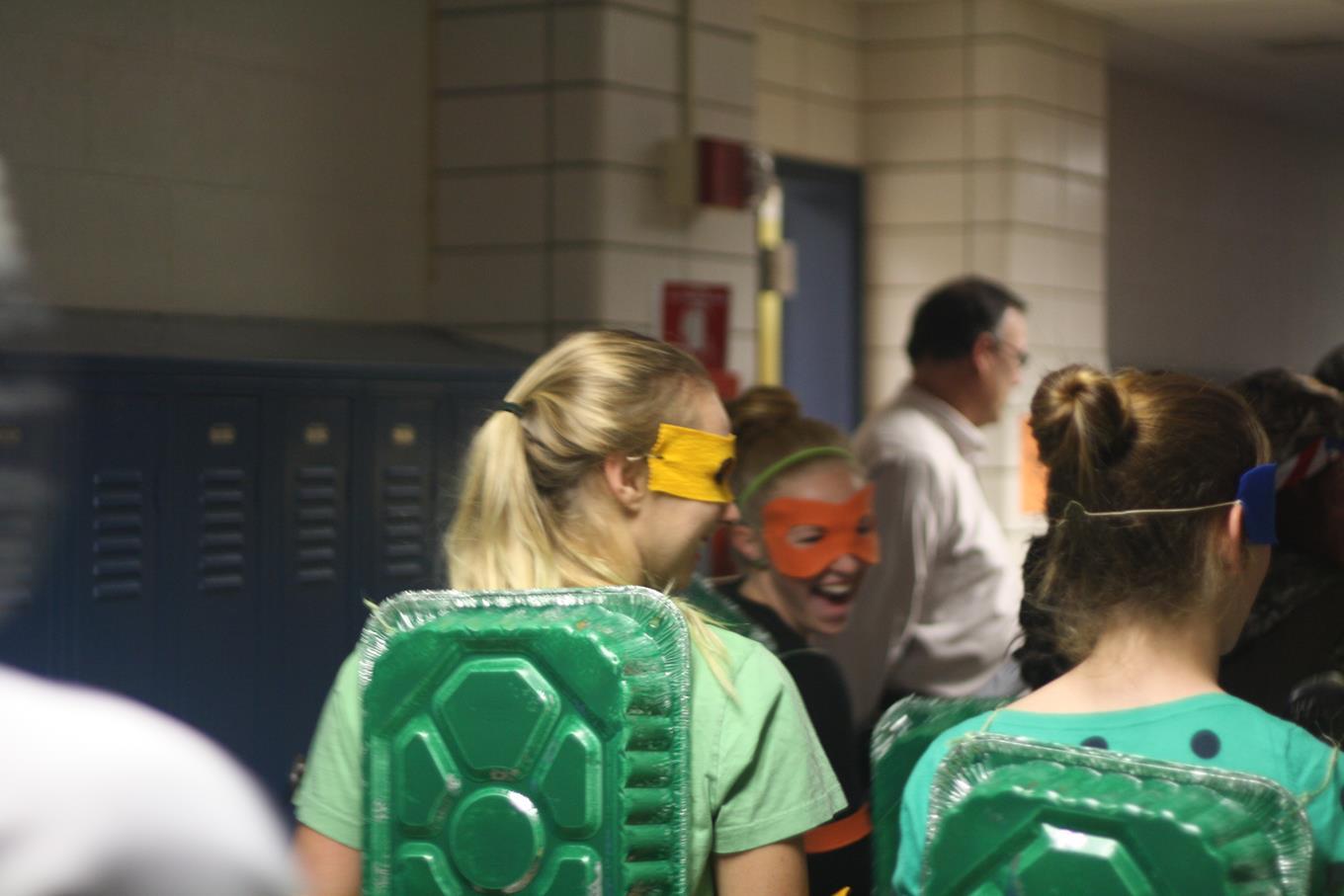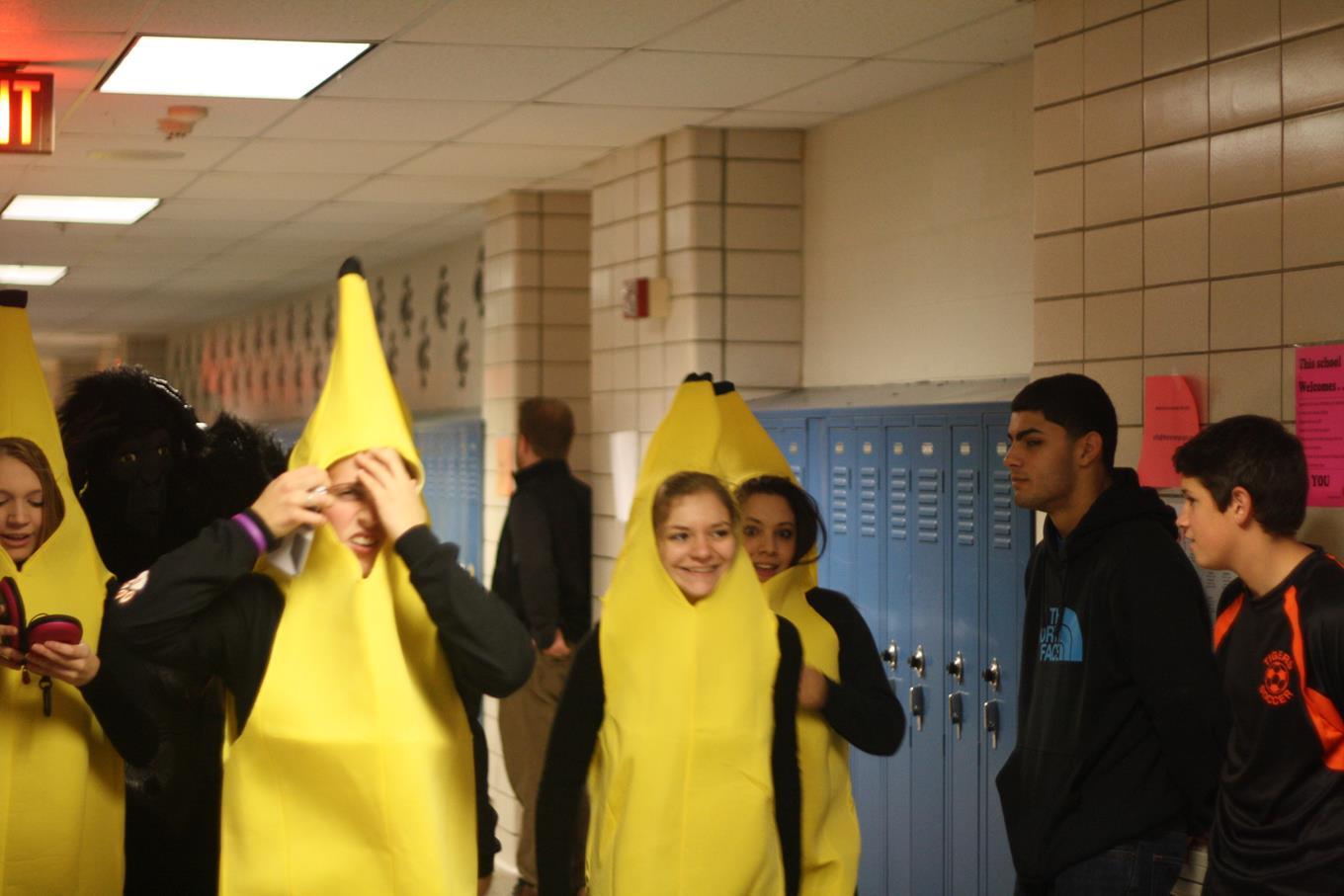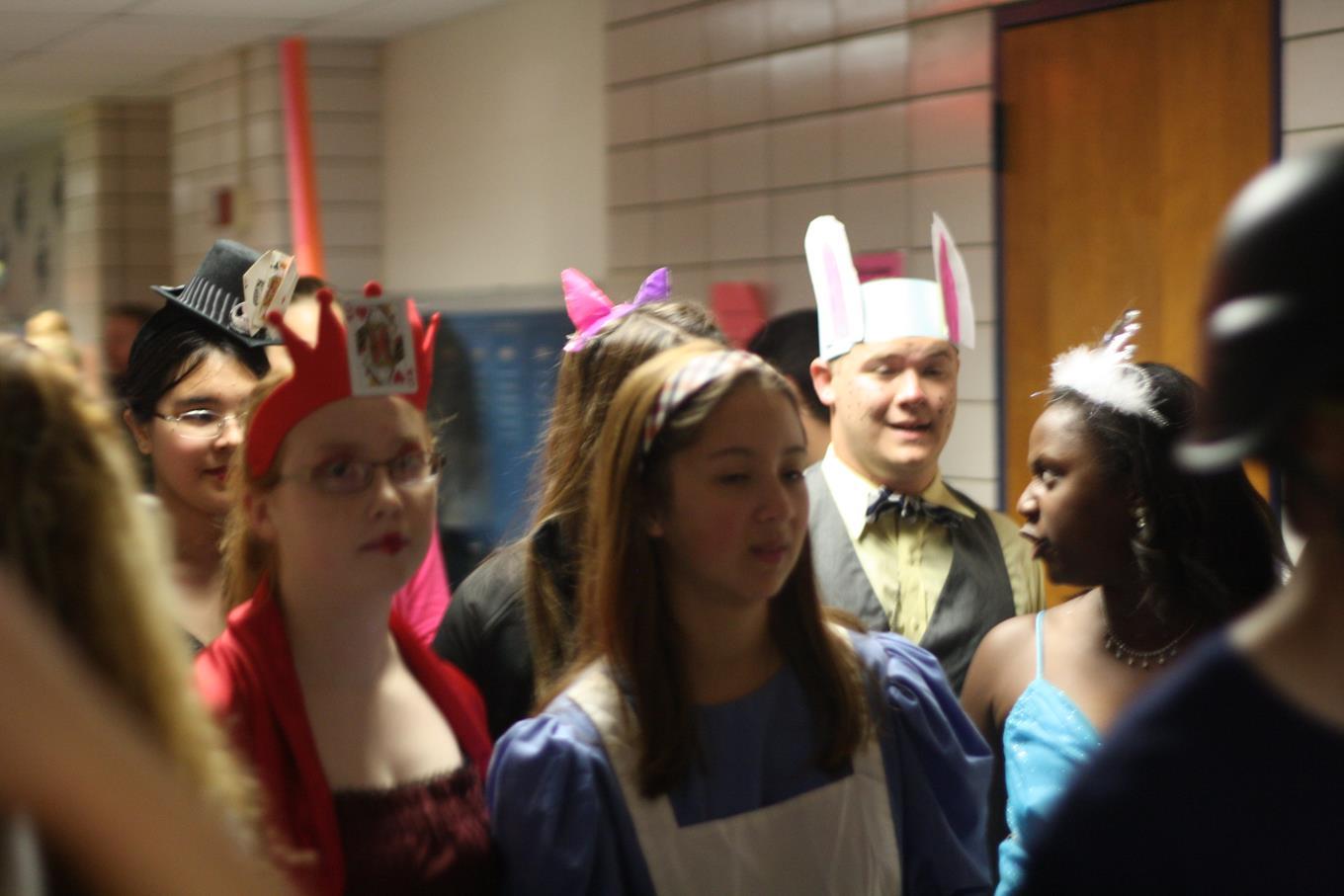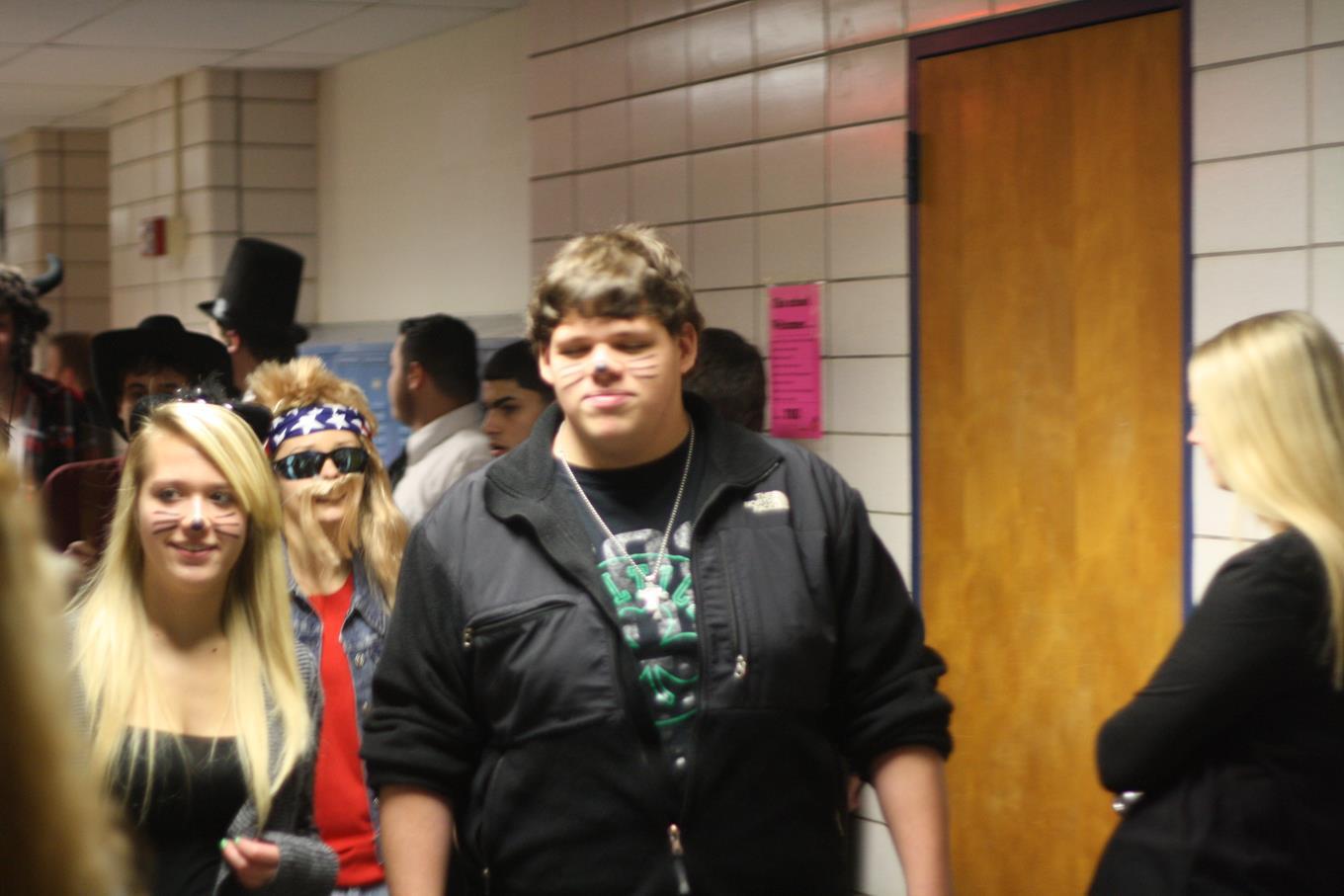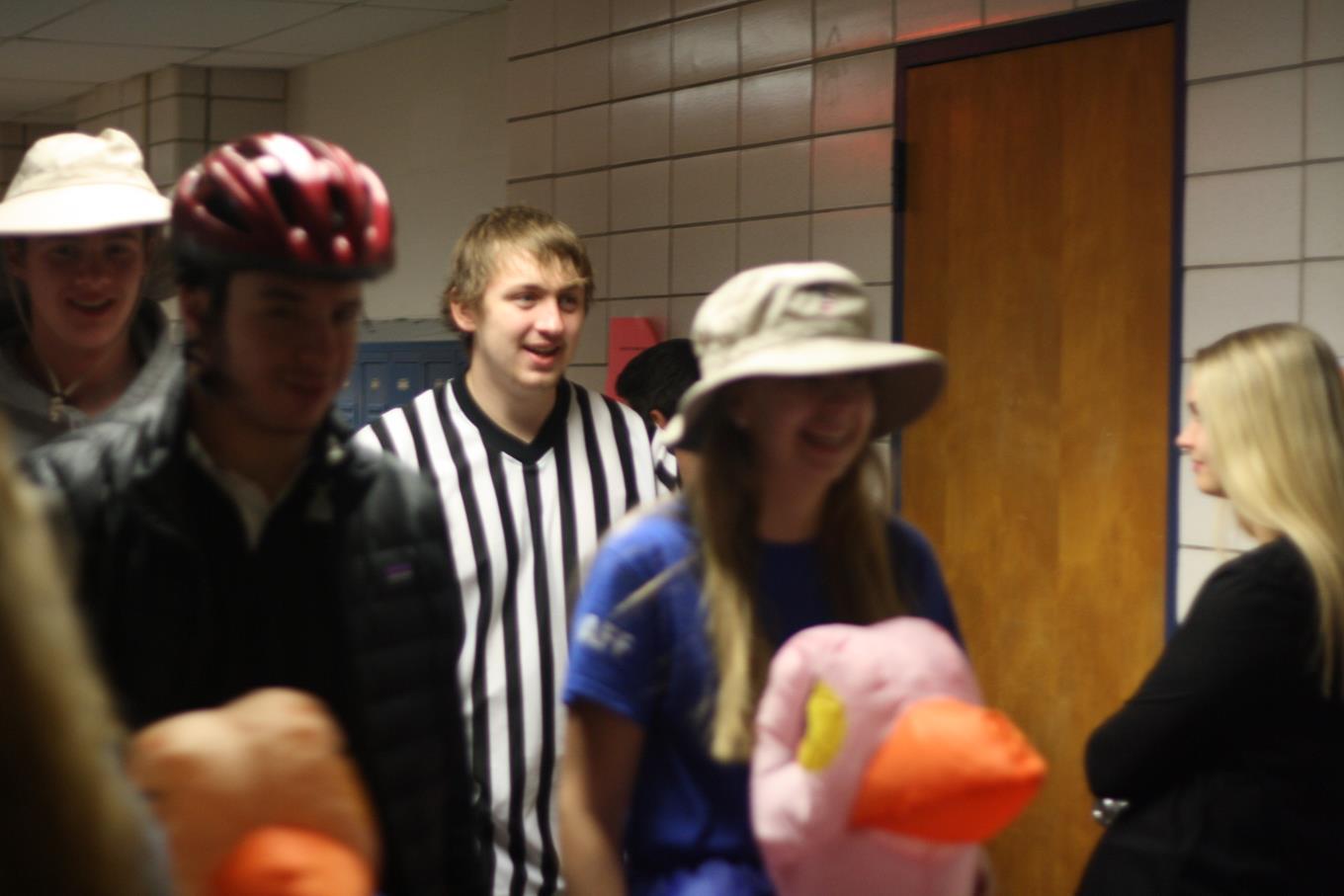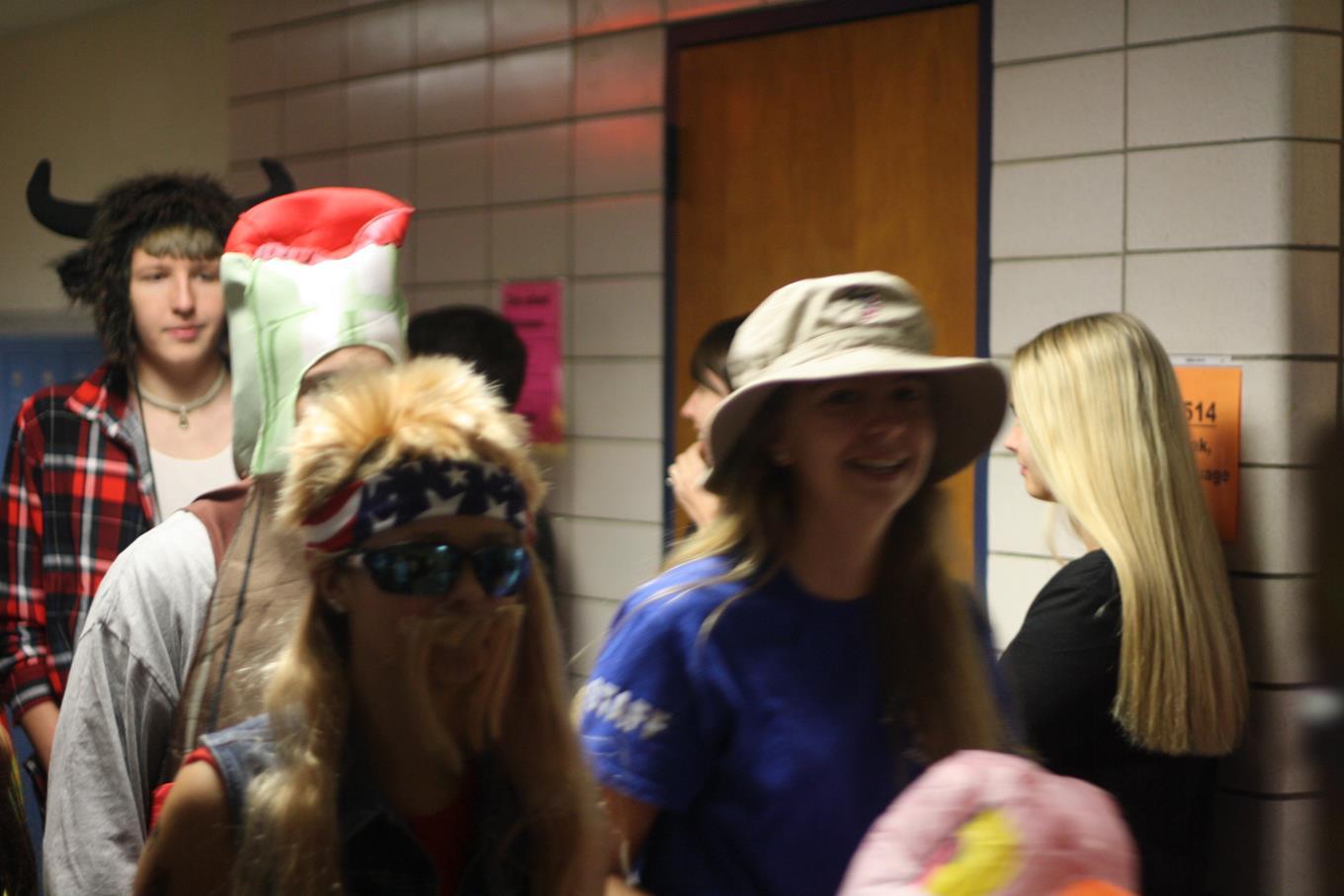Parents and schools must provide more accurate sexual education in South Hadley
April 5, 2019
In a world where having sex at a young age is becoming more socially acceptable, it is vital to the health of our youth that we provide the most accurate information about the topic. It is unrealistic to hope that teenagers will remain chaste until after they graduate, and honestly it would be more helpful to assume that everyone is sexually active, so that everyone can have access to equal protection.
Since we were students at the middle school, sex education has been a dreaded and squeamish topic for all parties involved. Our teachers herded us into separate rooms (because, of course, girls and boys cannot handle learning about puberty whilst in the same vicinity) and showed us complex diagrams that were difficult to understand, or frankly, visualize.
The fifth graders would giggle to themselves and hesitate to speak aloud the labels on their diagrams, and every so often there would be one brash student who would exclaim an expletive, leaving everyone both shocked and impressed.
I believe that I learned more from the graffiti on the after-school bus than from any of the long hours I spent in the health room.
As my classmates and I progressed into our later years at the middle school, the quality of sexual education did not improve. In eighth grade, our class sat down in the cramped cafetorium and watched a 10-plus-year-old video of a woman giving birth to a blood covered baby, an experience which most students suffered through with covered eyes.
Later that year, the eighth grade class also watched a video of a 40-year-old woman lecturing high school students about the wild dangers of sex. She spoke of STIs, STDs, and the untimely pregnancies which can result from unsafe sex. Rather than teach us how to prevent such things, the woman instead told horror stories to scare the high schoolers away from sex.
The lack of sexual education becomes even more relevant when it comes to LGBT youth. According to the writers at advocatesforyouth.org, 46% of high school students are sexualy active, and the percentage increases to 62% for high school seniors. While the majority of high school students may not identify as LGBT, there are still many people who do, and only 5% of high schools offer LGBT sexual education.
Teachers and educators should be more concerned with how clueless high school students can really be when it comes to sex. As high schoolers, we experience a lot of “firsts.” Our first party, our first prom, our first real relationship. It can be hard to balance everything going on in our lives and still make good choices. It is probable that a “good” kid could end up at a party, get tipsy, and find themselves in a very confusing and new sexual situation with another person. It is improbable that they will remember their seventh grade health teacher lecturing them about STDs.
Frankly, the only thing to do is be open and repetitive when it comes to sex. We should be taught that sex and puberty are normal, and a part of growing up. It is unhealthy for students to grow up thinking that sex and puberty are taboo; this can lead to dangerous situations. If a student has sex and something goes wrong, but they are terrified to talk about it, then they might have a serious disease or infection which they do not even know of.
Parents need to do their job as parents, and teach their children about puberty and sex; however, parenting situations can vary, and the information that needs to be taught to adolescents is not always taught to them. This is why the school system must step in and teach students the information about sex and puberty which they need to know. It is essential to the safety of all students.
